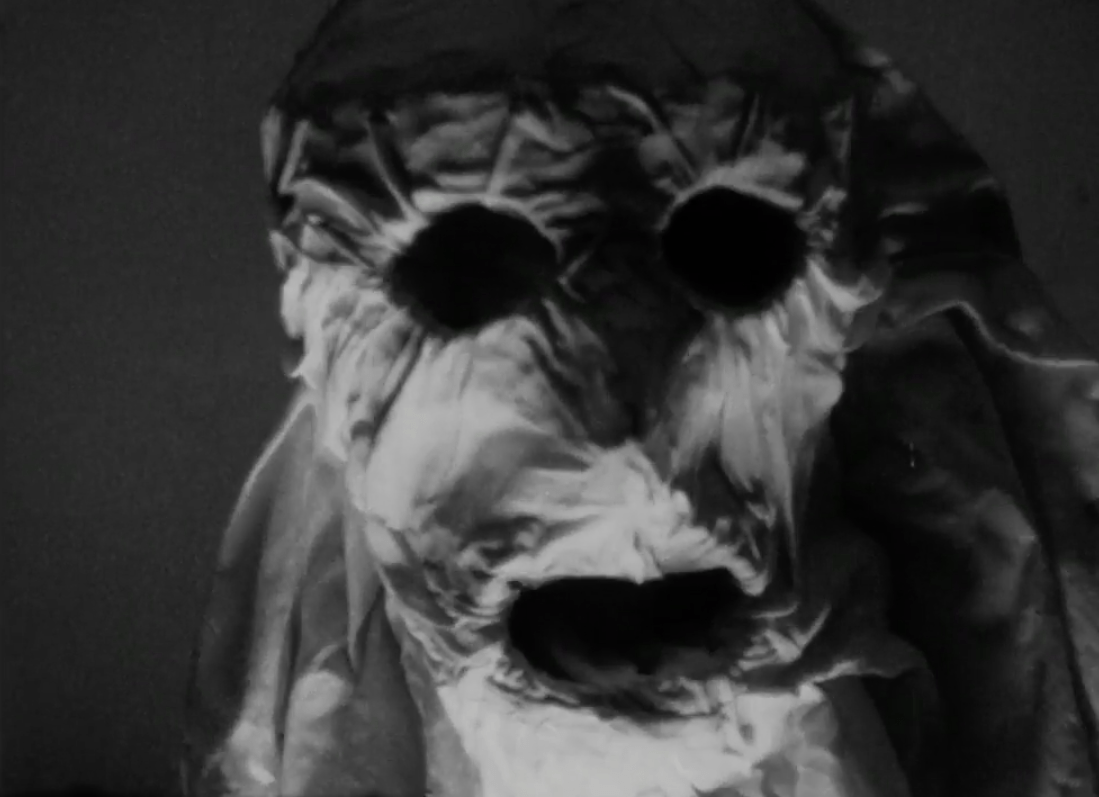I am organising an online session at this year’s Royal Geographical Society (with Institute of British Geographers) Annual Conference with Milena Morozova (Moscow State University). The conference will be at Newcastle University, Newcastle-upon-Tyne, UK, from Tuesday 30th August to Friday 2nd September 2022.
Please see the call for papers below and submit abstracts to both session organisers by Friday 18th March 2022.
_______________________________________________________________
Call for papers RGS-IBG 2022: Progress in Literary Geography
Session organisers: James Thurgill (The University of Tokyo) and Milena Morozova (Moscow State University).
Literary geography, an interdiscipline with deep roots in the history of social and cultural geography, is currently experiencing a period of renewal and innovation. With the Open Access journal Literary Geographies now in its seventh year of publication, the New Critical Idiom volume Literary Geography coming out in May 2022, and a new book series just launched with the University of Wales Press, literary geography is clearly undergoing something of a renaissance.
Recent efforts to establish an interdiscipline-specific terminology for literary geography have contributed to ongoing theoretical development in this area of geographical knowledge. In particular, new work in literary geography is looking to question the perceived division between actual-world and literary space taken for granted in much existing geographical work. Thurgill’s concept of the ‘spatial-hinge’ (2021) and the theory of ‘interspatiality’ (Hones 2022, forthcoming), for example, both argue for a rethinking of literary/actual-world divisions.
Taken together, innovation in the theory and practice of literary geography and the developing terminology specific to the interdiscipline allow scholars to articulate more precisely the workings of a ‘relational literary geography’ (Saunders and Anderson 2015) in which readers, authors, editors, publishers, places, and other actants collaborate in the spatialised production of the text. Rooted in both the relational geography of the last thirty or so years (Massey 1991; Harvey 1996; Murdoch 2005) and the conceptualization of the ‘text as a spatial event’ (Hones 2008), relational literary geography has been used to demonstrate how texts both produce and are produced by a series of interconnected spatial relations, resulting in an increasing number of engagements with intra-, inter- and extratextual geographies, the myriad spatial agents involved in their production, and the affectual experiences they afford.
Complementing these relational approaches, McLaughlin’s (in press) repurposing of enchantment theory to discuss the way readers map and experience a geography external to but not separated from the text and Ridenpää’s (2018) examination of metafictive geography and GIS in the blurring of spatial fact and fiction further develop the theoretical scope of literary geography and demonstrate the breadth and depth of topics being addressed in the interdiscipline.
To this end, we seek to attract papers that actively engage with current theoretical and methodological trends in literary geography and advance the ways in which we might conceptually frame, literally map, and visualise literary-geographical space.
We invite papers which engage with current theory and practice in literary geography, inclusive of but not limited to:
- Relational literary geography
- The text-as-spatial-event
- The ‘spatial hinge’
- Interspatiality
- Terminology in literary geography
- Literature and spatial identity
- Metafictive geography
- Texts, regions, localities
- Conceptualizing literary regions and zones
- Literary memorialization
Please send abstracts of c.200 words to both James Thurgill (jthurgill@g.ecc.u-tokyo.ac.jp) and Milena Morozova (ms.morozova@gmail.com) by Friday 18th March 2022. We will notify submitters of our decision by Monday 21st March.
References:
Harvey, D. (1996) Justice, Nature and the Geography of Difference. Blackwell.
Hones, S. (2008) ‘Text as It Happens: Literary Geography.’ Geography Compass, 2(5), pp. 1301- 1317.
Hones, S. (2022) ‘Interspatiality.’ Literary Geographies, 8(1), forthcoming.
McLaughlin, D. (in press) ‘Mapping enchanted landscapes in Philip Weller’s The Dartmoor of The Hound of the Baskervilles.’ Cultural Geographies.
Massey, D. (1991) ‘A global sense of place.’ Marxism Today, June 1991, 24–9.
Murdoch, J. (2005) Post-structuralist Geography: A Guide to Relational Space. Sage Publications.
Ridenpää, J. (2018) ‘Fact and Fiction: Metafictive Geography and Literary GIS.’ Literary Geographies, 4(2), 141–145.
Saunders, A. and Anderson, J. (2015) ‘Relational Literary Geographies: Producing Page and Place.’ Literary Geographies, 1(2), 115–119.
Thurgill. J. (2021) ‘Literary Geography and The Spatial Hinge.’ Literary Geographies, 7(2), 152–156.







